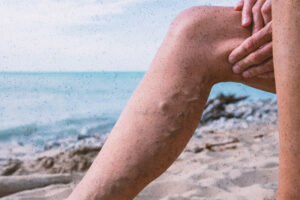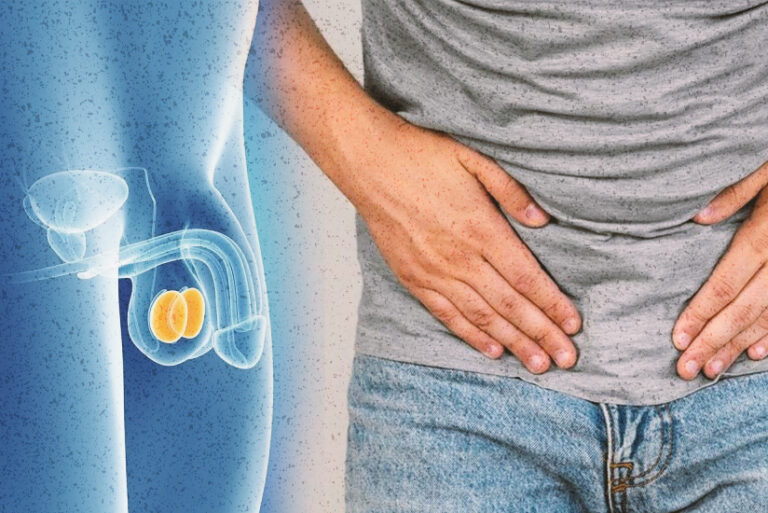Text by Henrylito D. Tacio
Photos by Rhoy Cobilla
Last March 15, the Department of Health (DOH) and the Bureau of Fisheries and Aquatic Resources (BFAR) issued an advisory warning the public against consuming shellfish from six areas in the Visayas and Mindanao as they were affected by red tide.
“Bring patients with symptoms after eating unsafe shellfish to the nearest emergency room immediately,” Health Secretary Teodoro Herbosa was quoted as saying. “Prevention is the best: do not eat tahong, talaba, halaan, other shellfish, and alamang from areas identified with toxic red tide.”
Not too many Filipinos know that the red tide phenomenon was first reported in the Philippines in 1983 in Maqeuda Bay in Samar. It recurred four years later in Samar and Zambales. Since then, the red tide problem has been reported in other parts of the country.
Aside from the Philippines, red tide has also occurred in the temperate and tropical waters of Japan, eastern Australia, Malaysia (particularly in Sabah), the United States, Peru, Chile, South Africa, England, Scandinavia, and Papua New Guinea.
No one knows when and where red tide really started. But some people believed that the first occurrence was recorded in the Holy Bible. Exodus 7:20-21 recorded: “Moses raised his staff in the presence of Pharaoh and his officials and struck the water of the Nile, and all the water was changed into blood. The fish in the Nile died, and the river smelled so bad that the Egyptians could not drink its water.”
How the red tide organism appeared in the country continues to baffle Filipino scientists. Some speculated that the red tide-causing organism could have been introduced through the ballast water of ships plying between the Philippines and other Pacific countries where the causal organism is endemic. Others believed ocean currents could have carried the organism.
Dr. Rafael D. Guerrero III, an academician with the National Academy of Science and Technology (NAST), says red tide is a natural phenomenon brought about by the bloom or predominance of a floating microscopic organism known as dinoflagellates. These “single-celled organisms can swim at the maximum rate of one meter per hour, by means of two whip-like flagella,” he says.
Due to water discoloration
The University of the Philippines at Los Baños (UPLB) said the name red tide was coined due to the sea water discoloration which ranges from amber, red, brown, yellow orange to purple caused by the highly-dense population of dinoflagellates. To make it short, its present name was given. In science, however, the phenomenon is called harmful algal blooms (HABs).
Of the 2,000 dinoflagellates known, only about 20 species produce toxins or poisonous substances that kill humans. The red tide organism that caused deaths in the country has been identified as Pyrodinium bahamense var. compresa.
The P. bahamense, says Dr. Guerrero, is capable of horizontal and vertical movements in the water. Being attracted to sunlight, it rises up to the surface during daytime and settles at the bottom in the dark hours.
The organism multiplies rapidly through asexual means (without sex cells) during its productive stage which results in bloom. For its resting or dormant stage, the organism reproduces sexually and forms cysts which “hibernate” in the sediment until activated by favorable conditions in the next outbreak.
Three conditions
Experts say there are three conditions that trigger red tides. The first condition is stirring up of the sediment in the nearshore waters by wind action. The second condition is the high temperature of the water due to summer sun which makes the sea saltier. The third condition is the nutrient enrichment of the sea.
“These conditions explain why the red time usually occurs (in the Philippines) in the months of May and June at the end of the northeast monsoon when strong winds blow and temperatures are high, and at the start of the southwest monsoon when rains flushing out land-based nutrients into the sea are frequent,” Dr. Guerrero says.
Marine scientist Howard Seliger said that red tide is triggered by the increased nutrients in coastal currents. In his book, Biology, Epidemiology and Management of Pyrodinium Red Tide, he said that in the past there was not enough food in the currents to allow them to be carried over long distances.
But now, Seliger believes that more nutrients may be entering coastal waters “due to increased discharges of industrial and human wastes into waterways and decreased natural filtering due to deforestation.”
This finding has been bolstered by Dr. Teresita M. Espino of the National Institute of Molecular Biology and Biotechnology. “When there is so much waste, it becomes conducive to the growth of microorganisms that deplete the oxygen. The oxygen is eaten by the shellfishes which may cause the red tide incidence,” she explained.
The red tide organism that beset the Philippine waters, Seliger said, thrives only in coastal waters and lagoons under conditions of high salinity. It does not survive in freshwater bodies, he added.
Deadly red tide organisms
“Humans die when they consume shellfish, particularly mussels, that are contaminated with red tide organisms,” says Dr. Guerrero. “Being filter-feeders, the mussels take in the red tide organisms from the water which are accumulated in their internal organs (hepatopancreas).”
Other shellfishes that filter-feed on the dinoflagellates include oysters and clams.
Dr. Guerrero says people still get poisoned even if the mussels are cooked because the toxin is not obliterated by heat. The poison in the red tide organisms is known as saxitoxin. It is a water-soluble salt that affects the nervous system.
The potency of saxitoxin has been reported to increase by acidic chemicals like vinegar used in preparing common Filipino dishes such as adobo and paksiw, and the hydrochloric acid present in the human stomach.
“Being neurotoxic or detrimental to the nervous system,” says Dr. Guerrero, “saxitoxin causes death by paralysis of the breathing apparatus in man.”
In medical parlance, red tide poisoning is referred to as paralytic shellfish poisoning (PSP).
Health officials say PSP victims have symptoms of tingling or burning sensation on the lips, tongue, and face within 30 minutes after eating shellfish with red tide organisms. A general feeling of numbness, headache, thirst, nausea, and vomiting follow. Death is reportedly due to respiratory arrest.
No known antidote
Until now, there is still no known antidote to the red tide poison.
Medical experts say if recognized early, the shellfish poison can still be eliminated from the stomach by inducing vomiting or washing it out (lavage through a stomach tube). But once the poison has entered the circulation, only supportive treatment can help, to keep the victim alive until the poison is eliminated.
Since there is still no known antidote to red tide poison, Dr. Guerrero says the best way to prevent PSP is to avoid the consumption of contaminated shellfishes during the ban imposed by the government authorities.
Levels exceeding 80 micrograms of toxin per 100 grams of shellfish meat warrant a ban on the harvest, sales, and ingestion of implicated shellfishes, according to the World Health Organization.
In the Philippines, a ban is issued when the toxic levels have exceeded 40 micrograms of toxin per 100 grams of shellfish meat.
A clay ball
The Red tide phenomenon is here to stay. But those living near the coastal areas can help obliterate the red tide-causing organisms by using a ball made of clay. “Algal cells die when they stick to clay particles,” according to Dr. Rhodora V. Azanza, program leader of PhilHABS and co-project leader for the ball clay technology. “Clay minerals further entrail the algal cells as they settle at the sea floor.”
During a red tide problem in Masinloc Bay, Zambales, the efficiency of ball clay application was put to test. A prototype clay dispersal unit formed the clay balls which were applied on algal blooms. The unit mixes ball clay particles with seawater drawn from the area. Mixing ball clay with seawater will improve the efficiency of ball clay to collide and eventually aggregate with algal cells.
The team found that the cells of Pyrodinium at the surface and bottom of the sea were not present after clay application. The study also showed no negative effects on other marine organisms such as green mussels and milkfish, among others.
Aside from Pyrodinium, PhilHABs has identified Alexandrium sp. and Gymnodinium catenatum as other causal organisms for PSP. Organisms causing diarrhetic shellfish poisoning (DSP) are Dinophysis miles, Dinophysis acuminata, Dinophysis caudata, and Prorocentrum lima. Some Pseudonitzschia species may cause amnesic shellfish poisoning (ASP). – ##








